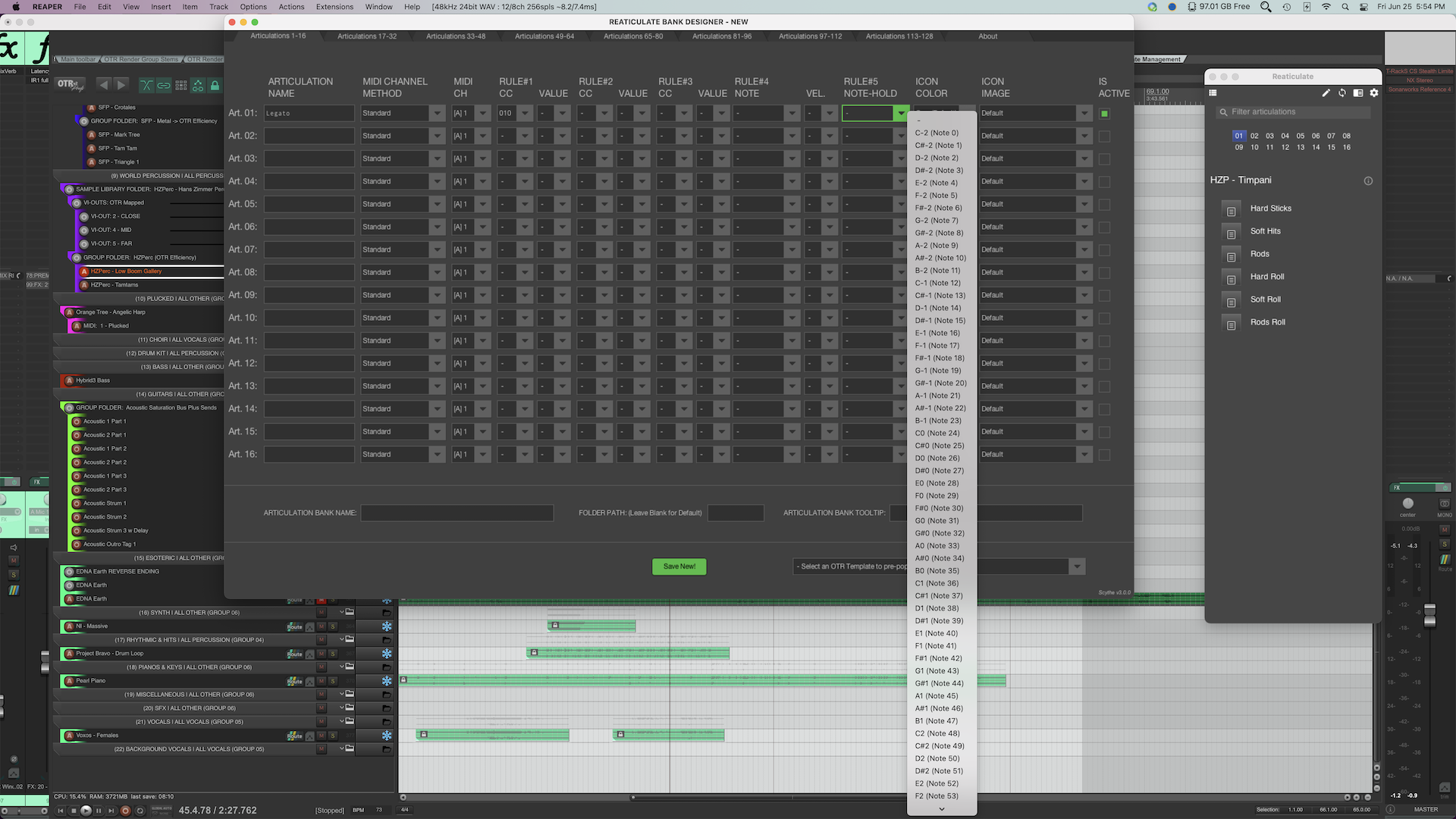

The dynamic EQ plugin then reacts to the send from the ALL VOCAL bus and I find the frequency range where the music masks the vocal the most it’s usually in the low-mid or mid frequencies. On the ALL VOCAL bus, I add a new send to channels 3-4, which REAPER plugins use as their default sidechain input.


My ALL VOCAL Bus feeds the sidechain input of the dynamic EQ on my ALL MUSIC bus. I don’t particularly like vocals to float on top of the instrumental, so I use the dynamic EQ to create a pocket within the music for the vocal to sit in. The ALL MUSIC bus has a dynamic EQ set to the Mid-Side mode. The ALL DRUMS and ALL VOCALS busses are self-explanatory, but I treat the ALL MUSIC bus in a special way.

Subgroup Mix BussesĮach track in my session goes to one of the following stereo subgroups: ALL MUSIC, ALL DRUMS, or ALL VOCALS. I may wind up automating the volume trim and EQ to add extra contrast and dynamics to the final mix. On the full mix, I usually insert Bassroom, from Mastering the MIX, as well as an EQ and volume trim plugin. I use a few plugins on the master bus to affect the entire mix (MIX A + MIX B). The outputs of MIX A and MIX B both route to the master bus. I don’t use it very often, but it’s good to have it ready to go just in case it’s needed. The point of this bus is to enhance the whole mix, adding thickness, sparkle, increasing the overall loudness level, or whatever else might be needed. MIX B (my parallel mix bus) uses an ever-rotating cast of compressors, as well as EQs or transient designers. Here’s a rundown of what kind of processors live on MIX A, just in case you need some inspiration. This list contains the general type of processors I like and in the next article, I’ll cover the plugins that I can’t live without. I wouldn’t use all the plugins below at the same time, but I regularly use the first four items in the list below. I find it efficient for my template to have many processors pre-installed on my main mix bus, MIX A. MIX A has all sorts of stereo bus processors ready to go, whereas MIX B gets used for heavy parallel processing. My current workflow contains two mix busses, MIX A and MIX B. If you’d like to work directly from my template, you can download my exact REAPER mix template here. You can use these ideas in your template, or you may just find inspiration and new ways of thinking by reading this article and discovering some alternative ways of working. This article covers how my template incorporates an efficient and flexible layout for tracks, busses, and effects. Part two introduces some time-saving workflows and highly efficient ways to import audio files. In case you are just coming across this series of articles, part one covers how to build a recording template that helps keep sessions organized and moving efficiently. Welcome to the third article in the series focusing on Reaper templates.


 0 kommentar(er)
0 kommentar(er)
